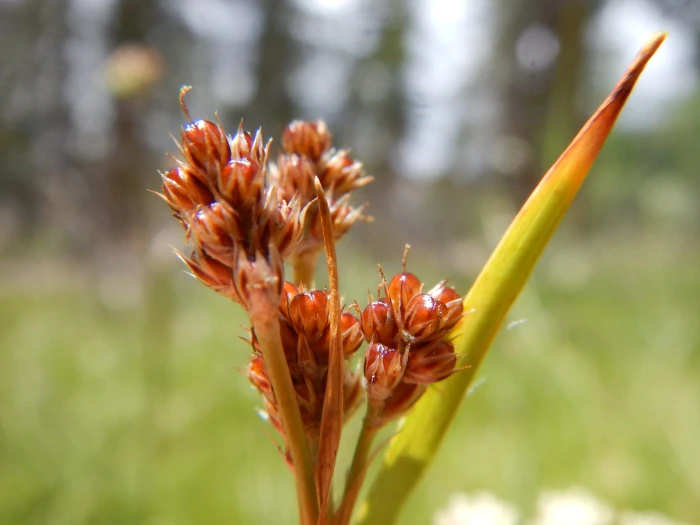Pacific Woodrush
(Luzula comosa)
Pacific Woodrush (Luzula comosa)
/
/

© Matt Lavin
CC BY 4.0
Image By:
© Matt Lavin
Recorded By:
Copyright:
CC BY 4.0
Copyright Notice:
Photo by: © Matt Lavin | License Type: CC BY 4.0 | License URL: http://creativecommons.org/licenses/by/4.0/ | Uploader: mattlavin | Publisher: iNaturalist |






















Estimated Native Range
Climate Requirements for Chanhassen, Minnesota
| This Plant | Your Site | Plant Suitability for Your Location | ||
|---|---|---|---|---|
| • Precipitation | 11" - 134" | 30" | Your precipitation may be insufficient for this plant. Irrigate N" / year. | Irrigate N" / year |
| • High Temp. | 58°F - 99°F | 83°F | Your summer temperatures are normal for this plant. | Excellent |
| • Low Temp. | -2°F - 45°F | 2°F | Your winter temperatures are normal for this plant | Excellent |
This plant should grow well at your location with about N inches per year (Y minutes per month) of irrigation.
Summary
Luzula comosa, commonly known as Pacific woodrush, is a perennial herb native to moist, shady coniferous and mixed forests, as well as alpine meadows in western North America, from Alaska to California and east to Colorado. It typically forms small, narrow, grasslike tufts reaching 10 to 60 centimeters in height. The plant features an erect inflorescence with clustered spikelike flowers that bloom from late spring to early summer. The flowers are composed of dark brown perianth parts that open to reveal six prominent stamens with large anthers, which are not particularly showy but have a subtle beauty.
Pacific woodrush is valued for its ability to thrive in shady, moist conditions where other plants might struggle. It is often used in woodland gardens, as ground cover, and for erosion control on slopes. This species prefers consistently moist soils and partial to full shade, making it suitable for planting under the canopy of larger trees or in naturally damp areas of the garden. While it is not known for any significant problems with diseases or pests, it can spread readily by seed and may become locally aggressive in ideal conditions.CC BY-SA 4.0
Pacific woodrush is valued for its ability to thrive in shady, moist conditions where other plants might struggle. It is often used in woodland gardens, as ground cover, and for erosion control on slopes. This species prefers consistently moist soils and partial to full shade, making it suitable for planting under the canopy of larger trees or in naturally damp areas of the garden. While it is not known for any significant problems with diseases or pests, it can spread readily by seed and may become locally aggressive in ideal conditions.CC BY-SA 4.0
Plant Description
- Plant Type: Grass
- Height: 1.5-3 feet
- Width: 1-2 feet
- Growth Rate: Moderate
- Flower Color: N/A
- Flowering Season: Spring, Summer
- Leaf Retention: Evergreen
Growth Requirements
- Sun: Full Sun, Part Shade
- Water: Medium
- Drainage: Medium
Common Uses
Bird Garden, Deer Resistant, Low Maintenance
Natural Habitat
Moist, shady coniferous and mixed forests, as well as alpine meadows
Other Names
Common Names: Meadow Woodrush
Scientific Names: Luzula comosa, Juncodes campestre var. comosum, Juncodes comosum, Juncoides campestris subsp. comosa, Juncoides campestris subsp. comosa, Juncoides campestris subsp. congesta, Juncoides campestris var. comosa, Juncoides campestris var. congesta, Juncoides comosa
GBIF Accepted Name: Luzula comosa